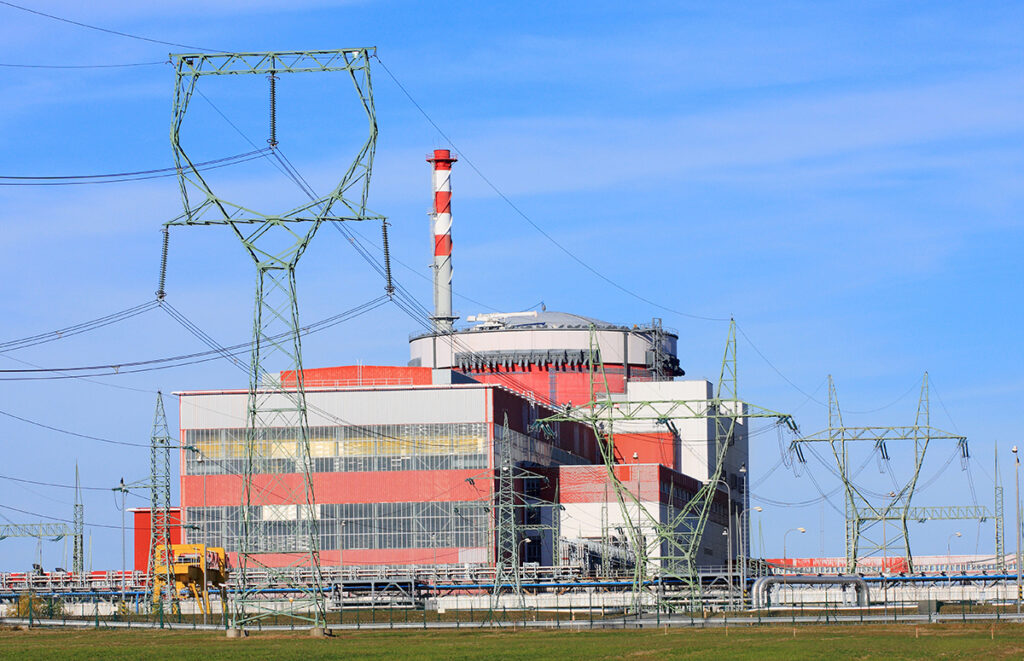Jednatel společnosti 1 se pravidelně účastní odborných konferencí a seminářů na téma bezpečnosti v různých inženýrských oblastech. Jedním z pravidelných seminářů je “Řízení rizik procesů a bezpečnost složitých technických děl” se stejnojmenným sborníkem (ke stažení zde). Seminář pořádá Fakulta strojní ČVUT v Praze a pravidelně na něj zve vědecké odborníky, akademické pracovníky, inženýři kritické infrastruktury a doktorandy.
Jednatel společnosti přednesl prezentaci na téma příspěvku ve sborníku “Využití moderních technologií průmyslu 4.0 v bezpečnosti” a to ve spolupráci s paní doc. RNDr. Danou Procházkovou, CSc., DrSc (editorkou a docentko na ČVUT v Praze). Článek se opírá a odkazuje na poznatky uvedené v článku, který jsme publikovali v rubrice Technologie s názvem Co je to IIoT, Digital Twin a Industrial Metaverse?
What is covered by the safety of technical works?
Complex technical works are complex systems connecting many subsystems and components. This can include a distributed transportation network, the internet, and the connection of information technology elements, critical infrastructure elements, and their integration (in transportation, energy, banking, healthcare, administration, etc.). At the Faculty of Mechanical Engineering, technical aspects are primarily addressed, and thus the seminar was divided into several sections: an introduction to the safety management of technical works, safety in nuclear energy and under extreme temperatures, construction and building safety (metro stations, fire safety of concrete structures), followed by a section on risks in foundry and surface treatments, followed by areas of cybersecurity and IT, and safety legislation.
Security and Industry 4.0
Industry 4.0 is an industrial revolution in terms of connectivity and decentralization, i.e., the digitalization of production, technological, and business processes, or the entire supply chain. Industry 4.0 is closely related to the concept of Smart Cities, which depends on digitalization and connectivity, as it enables the integration of elements for higher-level functions. The connection of elements leads to higher complexity, and thus, under normal conditions, increases quality in various aspects. On the other hand, complexity leads to many new vulnerabilities in the system and sensitivity to changing conditions that are not always predictable. From a systems engineering perspective, we talk about emergent phenomena arising from this complexity, which need to be addressed from a safety standpoint.
Industry 4.0 financially, academically, and practically supports complexity and creates so-called Systems of Systems, which are specific compared to conventional systems in the following areas:
- Autonomy (systems operate independently, but their connection creates new higher-level functions that individual systems would not fulfill on their own),
- Affiliation (elements of the system belong to a certain functional, structural, or logical group, e.g., transportation systems, energy systems, constructions, buildings),
- Connectivity (“countless possible connections of systems and their parts to improve the capabilities of the system”, i.e., systems of various degrees of autonomy and different affiliations are interconnected, e.g., banking and transportation systems through human processes and IT; creating new higher-level functions),
- Diversity (connected systems are diverse, each contributes to the overall system with its part),
- Emergence.
Emergence is a key element in the field of safety because the intentional increase in the unpredictability of the system and the creation of conditions for the possibility of emergence (i.e., occurrence) is crucial in both negative (emergence of unpredictable negative events, disasters) and positive (possible early detection and elimination of adverse system behavior) senses.
Due to the nature and theory of systems of systems, their engineering relies on different scientific and analytical methods than conventional systems to this day. Conventional systems rely on exact or probabilistic methods, including, for example, functional safety and risk management. Exact means that an expert alone or with the help of analytical tools considers all possible states of the system, looking for errors and eliminating them to improve partial safety. Complex systems, however, have an enormous number of states, and it is not possible to verify all of them safely in real-time, so heuristic methods are used.
Heuristics or meta-heuristics do not guarantee the discovery of an optimal solution, but they provide the most likely local solution (imagine, for example, a navigation system in Google Maps that evaluates the best route based on current traffic). Heuristics also include expert methods, where the result is provided by an expert or a team of experts in the field based on their knowledge and experience from practice (practically, this can be compared to a driver deciding whether to brake or turn depending on the traffic situation). For more sophisticated artificial systems, artificial intelligence and other (meta)heuristic algorithms are introduced (e.g., ant colonies, genetic algorithms, neural networks, etc.).
How the author assesses the state of the art within Industry 4.0 and its potential utilization for safety can be found in the full article here.
Individual aspects of management and methods of increasing safety will be published gradually in separate sections. However, if you are dealing with a specific situation in the field of risk and safety, do not hesitate to contact us.


